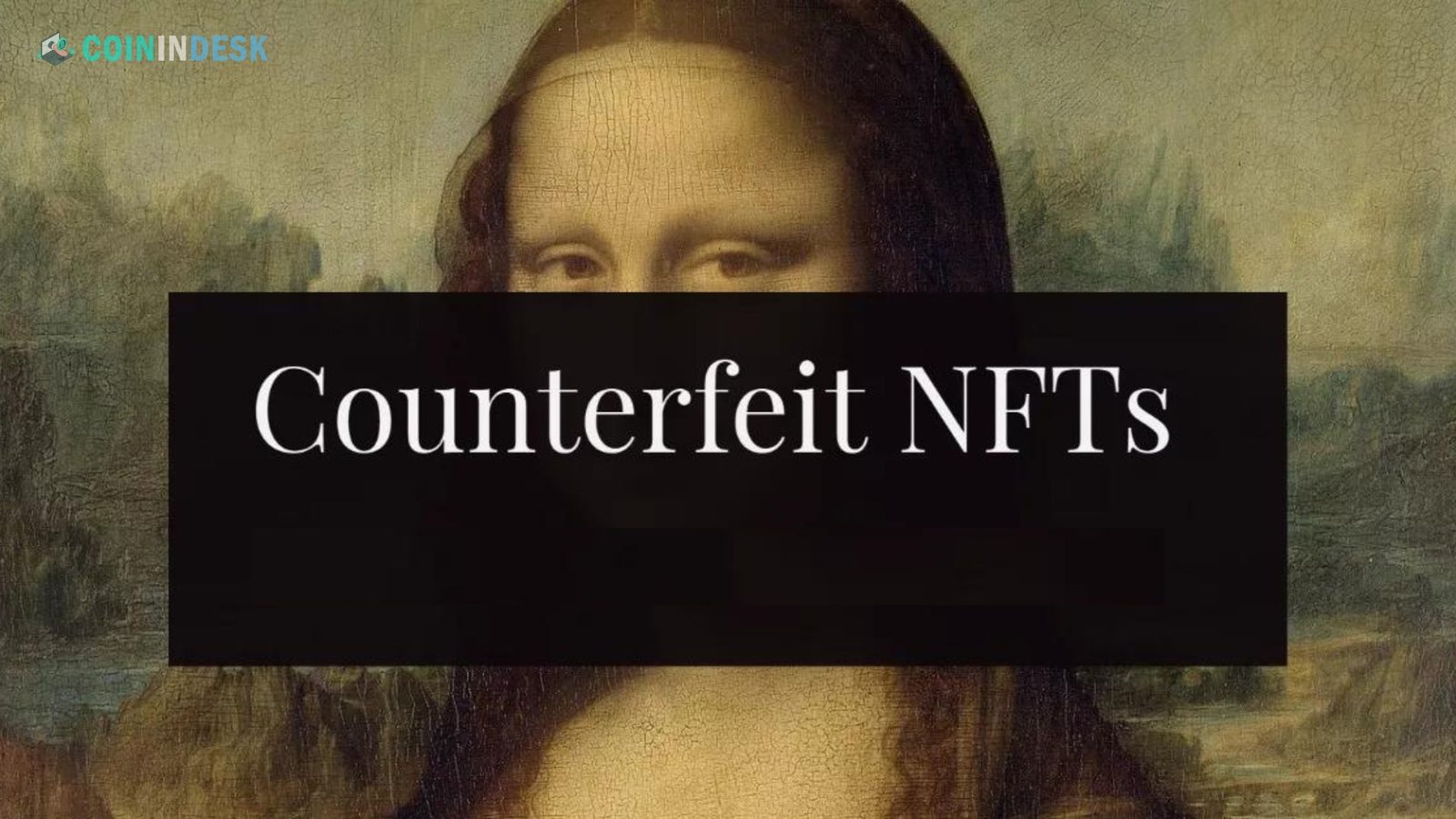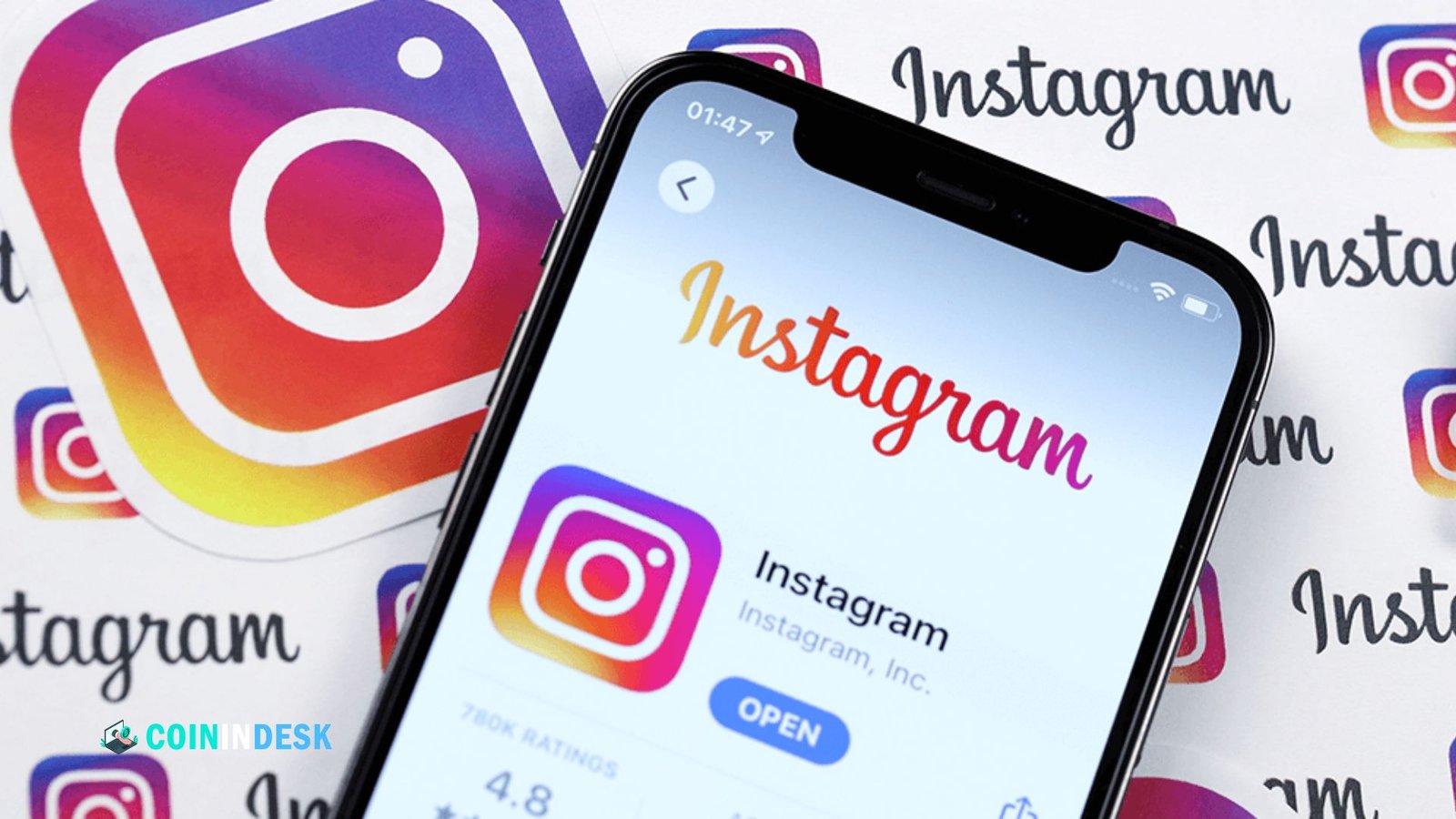NFT Scams on Instagram: The rise of NFTs, or Non-Fungible Tokens, has changed our views on digital property and artistic expression in recent years. A lot of people who are into NFTs have taken to Instagram—one of the most famous social media sites in the world—to show off and trade their digital assets. Unfortunately, Instagram NFT scams have also emerged alongside this surge in popularity. These con artists target both novice and experienced collectors with their ever-evolving schemes. Read on to learn about the tricks con artists use, the damage they do, and the steps you can take to avoid being a victim.
The Emergence of NFT Scams on Instagram
Instagram has become a popular target for NFT scammers due to its graphically driven interface and large user base. Buying, trading, and marketing NFTs has never been easier than on our platform, which brings together producers, collectors, and fans in one convenient location. But the same allure that has drawn good actors has also drawn bad actors who are trying to cash in on the NFT trend.
Scammers have gotten creative with their techniques of user deception, which involve creating fake NFT marketplaces and imitating real artists and enterprises. The intricacy of these scams is rising in tandem with the NFT sector, making it harder for users to tell the difference between real opportunities and scams.
Common Tactics Used by NFT Scammers
Impersonation of Artists and Projects
Instagram impersonation is a typical method utilized by NFT scammers. Con artists use convincingly similar profiles to trick unsuspecting victims into parting with their money. To make their profile look legitimate, they could choose a username that is identical to the artist’s, steal their bio, and even upload the same stuff. They start offering “exclusive” NFT drops or pretend to be selling rare pieces at a discount once they’ve made a convincing impression.
People may buy these counterfeit NFTs from the artist in the mistaken belief that they are dealing with the real deal, only to find out afterwards that they were duped. Unfortunately, the genuine artist usually doesn’t find out about these scams until after it’s happened.
Fake NFT Giveaways
The bogus NFT giveaway is another frequent Instagram scam. As a promotional event or milestone celebration, scammers will fabricate postings or stories offering free NFTs. Follow the scammer’s account, share the post, and then click the link to collect your prize; that’s usually how users are requested to engage.
To steal sensitive information like passwords or wallet addresses, these links usually take you to phishing websites. Many times, consumers are required to pay a little fee or gas fee to get their “free” NFT, but they never actually get anything back.
Pump and Dump Schemes
The NFT market is not immune to the same pump-and-dump scams that plague the cryptocurrency industry. Scammers will create a false impression of demand for NFTs to artificially raise their prices. To do this, they promote the NFT on Instagram under the guise that it is a “must-have” item and that its price is going through the roof.
To make it look like a busy market, they can even use several accounts. After the price has grown due to enough people believing in the hype, the scammers will sell their holdings, resulting in a fall and new buyers being left with useless NFTs.
Phishing Scams
A scammer’s toolbox should always include phishing. Phishing scams on Instagram typically include bogus accounts posing as representatives of a real NFT marketplace or platform, either through direct messages or comments. The link in these messages often directs the recipient to a phishing website that mimics the appearance of a legitimate NFT platform.
The con artist gains access to the victim’s accounts and digital wallets after stealing their login credentials. Even individuals with extensive experience are not always safe from these phishing sites.
Counterfeit NFTs
In the realm of digital art, counterfeit NFTs are becoming more problematic. Scammers will forge NFTs that look similar to popular ones and offer them as authentic. It can be quite challenging to detect these fakes, particularly if the con artist has meticulously copied the original artwork and metadata.
The value of an NFT is greatly dependent on its authenticity, thus when people buy these fakes, they usually end up with a piece of digital art that doesn’t have any value.
The Impact on Victims
Instagram NFT scams can have terrible psychological and financial consequences for victims. Given the high value of some NFTs, the financial loss is severe for many. Victims run the risk of losing all of the money they paid for the bogus NFT, including any fees, such as gas, that were incurred during the transaction.
It can take just as much toll on the mind. Victims often experience intense feelings of betrayal, especially if they thought they were helping out a beloved artist or a genuine cause. Upon discovering they have been deceived, individuals may experience sentiments of humiliation, wrath, and powerlessness.
Additionally, these schemes can damage the NFT space’s credibility. Fear of scams may discourage new entrants from the market, which could limit innovation and growth.
How to Protect Yourself from NFT Scams on Instagram
While NFT scams on Instagram are on the rise, there are steps you can take to protect yourself:
Verify Accounts
Make sure the Instagram account is authentic before interacting with it if it appears to be tied to NFTs. You can tell an Instagram account is legitimate by looking for the blue verified symbol next to its name. Also, make sure you verify the account by visiting the artist’s or project’s official website or social media pages.
Be Skeptical of Offers That Seem Too Good to Be True
A deal is likely to be bogus if it appears too good to be true. Be wary of accounts that claim to have exclusive drops, host high-value giveaways, or offer NFTs at severe discounts. Creating a sense of urgency is a common tactic used by scammers to get victims to make quick decisions.
Avoid Clicking on Suspicious Links
Links shared over DMs or placed in comments should raise red flags. If you can, type the address into your browser to go straight to the website; otherwise, make sure the URL is correct before clicking. Be wary about submitting sensitive data on unfamiliar websites or when logging in.
Use Trusted Marketplaces
Whenever possible, use reputable and well-known NFT marketplaces for your transactions. These platforms have built-in security measures to protect users from scams and often offer customer support in case something goes wrong.
Educate Yourself
The best defence against scams is knowledge. Stay informed about the latest tactics used by scammers and regularly update yourself on the security practices recommended by the NFT community.
Conclusion
The NFT community thrives on Instagram, but the platform’s popularity has also brought an increase in scams targeting naive individuals. You can safeguard yourself from being a victim of these schemes by maintaining vigilance, verifying accounts, and learning about prevalent scam strategies. Everyone involved in the NFT space needs to stay alert and careful because scammers’ tactics will also change as the area develops further. Keep in mind that in the NFT realm, it’s not uncommon for something to appear too good to be true.


